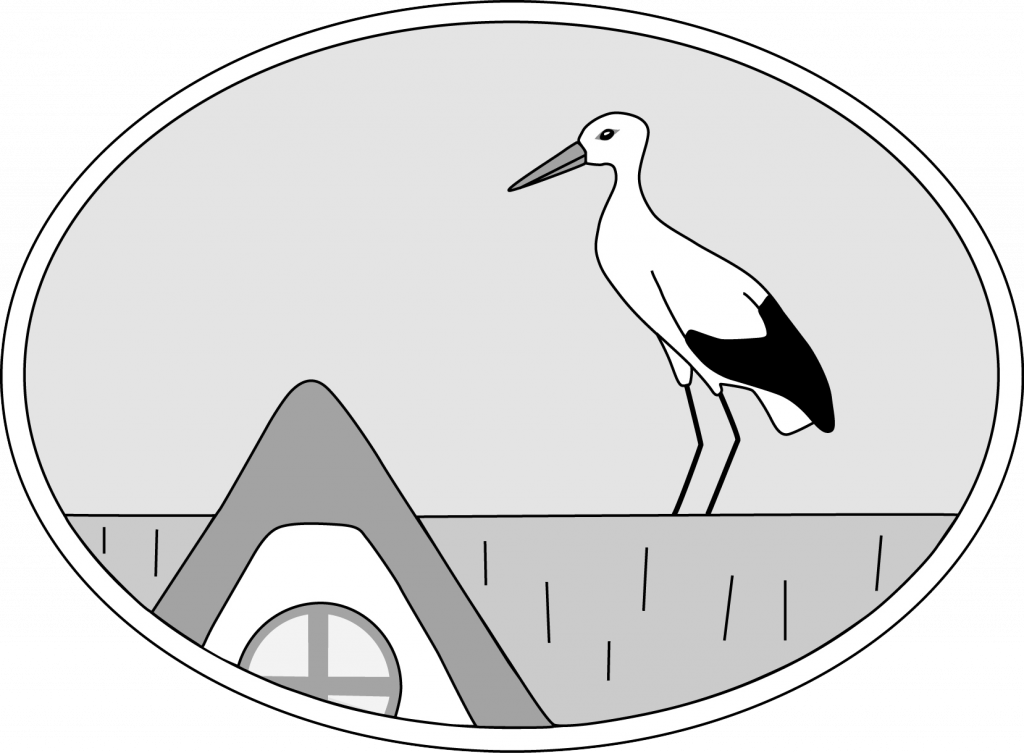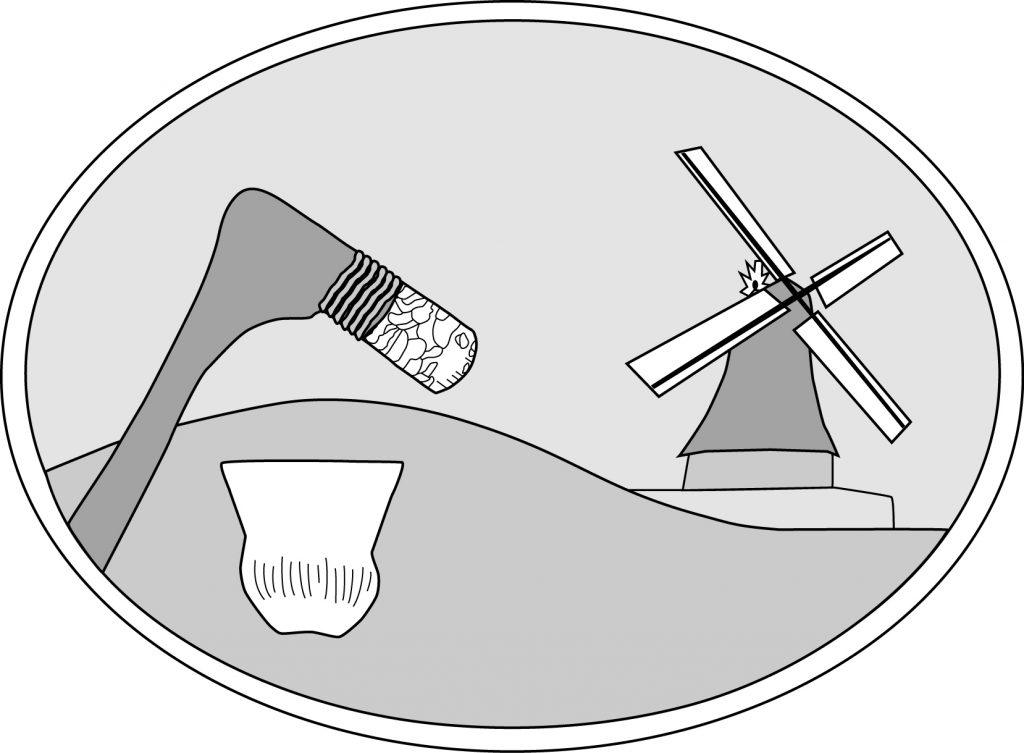
The Michael-Otto-Institute at NABU was founded in 1992. Here at the Michael-Otto-Institute or MOIN, nature conservation measures and the scientific basis for statements and recommendations for actions are developed by the “Naturschutzbund Deutschland e.V.” (NABU in short, this translates as „German Nature and Biodiversity Conservation Union“). The institute also houses an exhibition on white storks and the natural areas typical of the region.
A major focus of MOIN‘s work is right on its doorstep in the Eider-Treene-Sorge lowlands: Here, the protection of meadow birds and white storks in the agricultural wet grasslands and in the moors is of particular importance. Together with the consolidated Eider-Treene-Sorge nature reserve station, an institution of the state of Schleswig-Holstein which is also located here, and the local association Kuno e.V., a German acronym which translated, stands for: Organizing Cultural Landscape Sustainably, we develop, test and evaluate nature conservation measures.
MOIN is also active throughout Germany with a focus on research and development of measures to preserve biodiversity, especially in agricultural landscapes. On the coasts of the Wadden Sea and the Baltic Sea, possible threats to shorebirds are researched and conservation measures are developed and implemented.
The results and findings of MOIN’s work are often incorporated into environmental and nature conservation policy at state, federal and even European level.



